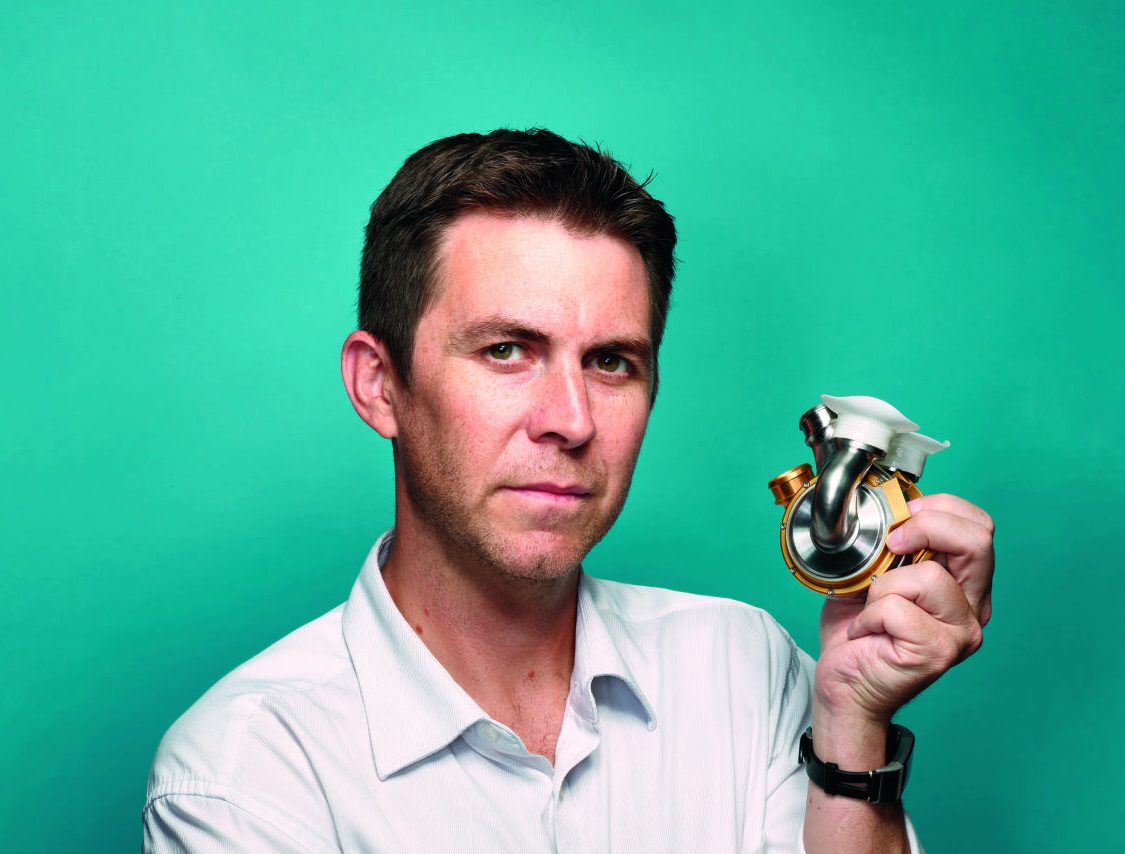Opinion: Is a lack of women working in Artificial Intelligence (AI) hurting the industry?

An article in the New York Times recently caught my attention, looking at the group of people who worked for the past decade to fuel AI. There is nothing surprising in the names featuring in the list, from Mark Zuckerberg and Sam Altman to Bill Gates and Larry Page. What gave me pause for thought was that in a list of over 10 people, not even one was a woman.
AI is a turning point. Although there are some historical parallels we can compare it with, AI is also something unique and unprecedented in many ways. It is a technology, a science, a philosophy. It is constantly evolving and improving, as new methods and applications are developed and deployed. It is influencing and being influenced by other technologies.
A pivotal time like this presents a renewed opportunity to call out the need for more women to have a seat at the table. This is not only a matter of inclusion or achieving ESG metrics, but also of economic, social and societal benefit.
Although there is a variety of names that could have been considered for the New York Times piece, one thing is true: women still make up a small piece of the AI workforce globally – 26 per cent.
Related
When we look at our market, technology is one of Australia’s largest industries and has grown in the past few years four times faster than the rest of the economy. AI is already helping drive strong innovation across public and private industries, from healthcare to agriculture, retail to financial services, manufacturing to education. The benefits of the technology are far-reaching, and the prediction is that it’s still not at its full potential.
Australia has traditionally been a strong adopter of digital and technological change, but as the industry grows and technologies evolve, the demand for new skilled workers also increases. In 2023, the Jobs and Skills Australia estimated that 70 per cent of ICT occupations were in shortage with the number of jobs projected to grow by 233,600 by 2033. But there is a huge – and still untapped – resource that could help us reach this goal: women.
It isn’t new to see women being underrepresented in technology. Looking at Australia, despite some progress, women still only represent 37% of enrolments in university STEM courses and hold only 15% of STEM-qualified jobs in the workforce. The challenges and barriers are also well-known: discrimination, bias, lack of role models, and lack of support. But I wonder if the fast, and ever-growing, evolution of AI gives us a chance to change that.
Research agrees that diverse teams are more creative, productive, innovative, and more likely to understand and address the needs of a wider audience – which is a critical piece to achieving ethical and successful outcomes in AI. Promoting fairness and non-discrimination when creating and developing AI systems is key to ensure the technology is benefitting everyone and is only possible with diversity behind the scenes. In fact, a study in the UK showed that women are more likely than men to consider societal, ethical, and political implications in their work on AI.
Related
International Women’s Day is a time to celebrate the achievements of women, but also to recognise there is still much to be done to create a more supportive environment in technology. As a professional in the industry for over 20 years, I have witnessed first-hand the positive impact that women can have in the sector. I have also seen the barriers and biases that prevent many of them from pursuing and advancing in STEM careers.
Going back to my reflection on the New York Times list, I strongly believe in the power of providing women with visible examples of success in similar roles. Women need to see, hear and experience other women that are thriving in successful technology careers to feel inspired about the possibility of following a similar path. That can – and should – start from an early age, increasing awareness and interest in STEM among girls and young women like local organisations like Code Like a Girl have been doing brilliantly.
However, after we get them to the market, improving retention and progression is crucial. We must offer equal opportunities to build and strengthen capabilities to learn, earn and lead in our industry, and to do this we must continually improve work arrangements, career development programs, mentoring and sponsorship schemes and close the gender pay gap.
Progress doesn’t come easily, but as we take the first steps in this new dawn of tech with AI, we also have an opportunity to forge greater paths to cultivate diverse talent and a culture of inclusion. Let us look at this new era as the end of leaving women behind and keep pushing to ensure women have an equal place at the table.
Silke Barlow is the Country General Manager for Lenovo Australia.




